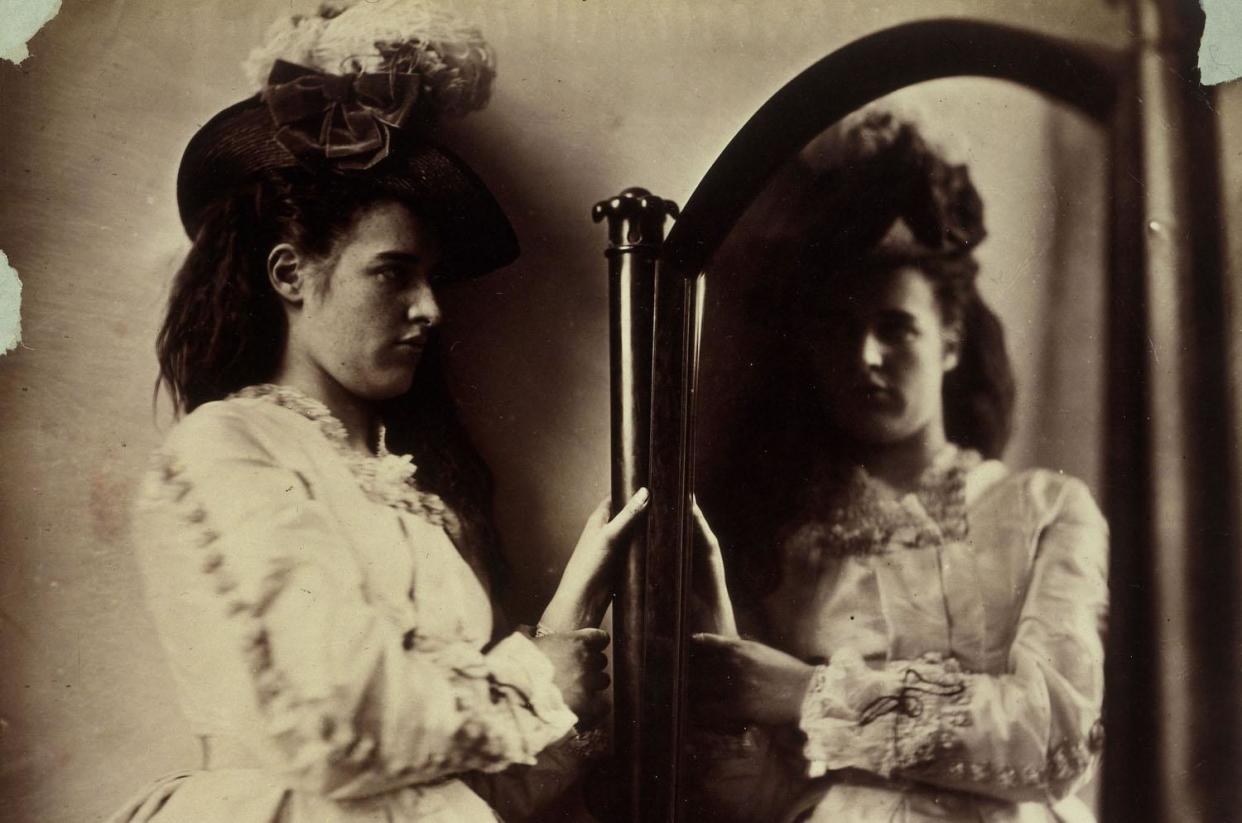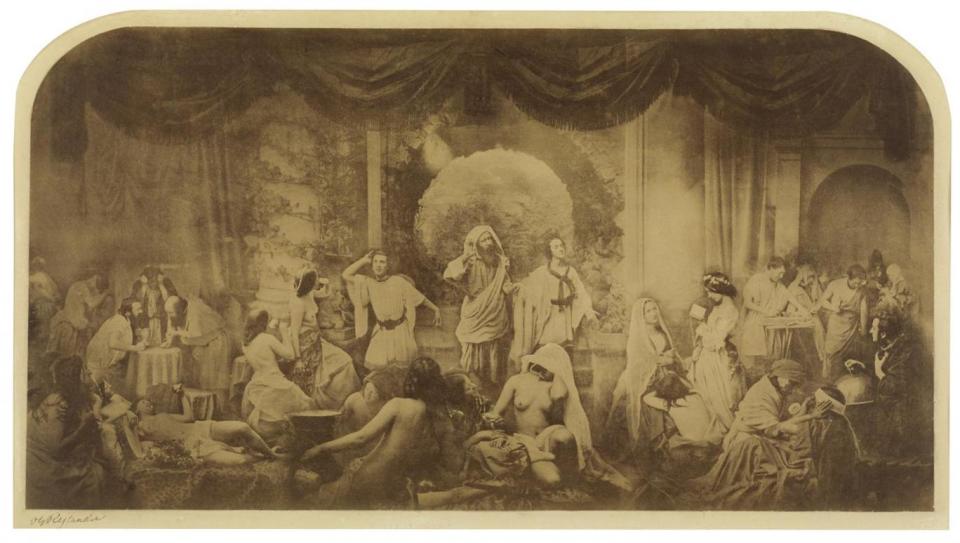Victorian Giants at the National Portrait Gallery: The photographers who changed art forever

Photography is an art form. This might seem like stating the obvious, since the click of the camera has long been as an acceptable way of making of art as picking up a paintbrush.
It wasn't always this way; it actually took nineteenth century artists a little while to work out what to do with this novel invention.
Victorian Giants: The Birth of Art Photography, a new exhibition at the National Portrait Gallery, is delving into the birth of the medium and the band of pioneers that started it, namely four British-based artists who formed an unlikely artistic alliance. (And a very royal name is on board to help with the curating.)
Julia Margaret Cameron, Lewis Carroll (yes, that guy) and Lady Clementina Hawarden all studied under Swedish photographer Oscar Rejlander.
Until then, cameras had only really been used to capture dull portraits, and these artists were bored stiff of them. They decided to take this newfangled technology and defy the rules.
Here's a look at the groundbreaking Victorian trailblazers who continue to inspire experimental photographers to this day.
Julia Margaret Cameron

As one of the best known names in early photography, it may surprise you to know that she didn’t take up practice until she was 48, after receiving a camera as a present. From then on she made some of the greatest leaps in art photography. Her closely cropped portraits – often intimate images of women and children – were hugely influential in redefining photographic portraiture from the posed studio style. She wasn’t, however, without her critics: her use of soft focus to inflict a painterly effect on her subjects was deemed “slovenly” by some who deemed it the result of technical inadequacy. She proved them wrong, and her experiments in the medium have stood the test of time. They continue to influence generations of photographers right up to the present day.
Lewis Carroll

Lewis Carroll may be better known for his writing prowess than his photographic talents, but the two parts of his artistic practice have one major connection. He based the Alice who went through the looking glass on Alice Liddell, the same young girl he captured with his lens. Carroll met her through his friendship with her father, and used to tell her stories – when she asked him to write one of them down, it became one of the most famous children’s books in history. Carroll photographed Liddell on many occasions throughout her life, and this exhibition will display famed images of her in childhood together with an adult portrait for the first time.
Lady Clementina Hawarden

As you can probably guess from the name, Lady Clementina Hawarden had a few nice houses in her time. Clementina began her photographic career while living on the Dundrum estate near Dublin, taking stereoscopic photographs of the landscape, before turning her attention to portraiture. The photographs that she took of her daughters were both experimental and controversial. Often taken in an interior setting, the images diverted traditional portraiture set-ups with dramatic lighting that fell from partly curtained windows, and mirrors which bounced both the light and the subject around the image. Her subjects were also often depicted in subtly provocative poses, pushing the boundaries of the prudish Victorian attitude to sexuality.
Oscar Rejlander

The godfather of the group has earned himself another paternal nickname in recent years. Swedish-born photographer Oscar Rejlander is known as the 'Father of Photoshop' in photography circles for his groundbreaking experiments in photomontage. One of the most striking examples of this is his work The Two Ways of Life (1856-7). A colossal photograph by the standards of the day, Rejlander used more than 30 separate negatives to create one moralistic tableau depicting individuals choosing between a life of lust and hedonism or one of religious piety. The complexity of the image was pioneering for the time, an impossible spectacle to capture in a single exposure. Perhaps surprisingly for such an influential figure, the National Portrait Gallery’s exhibition will be the first exhibition of his work in UK since his death in 1875.
Victorian Giants: The Birth of Art Photography is at the National Portrait Gallery from March 1 - May 20 2018; npg.org.uk

 Yahoo News
Yahoo News 
